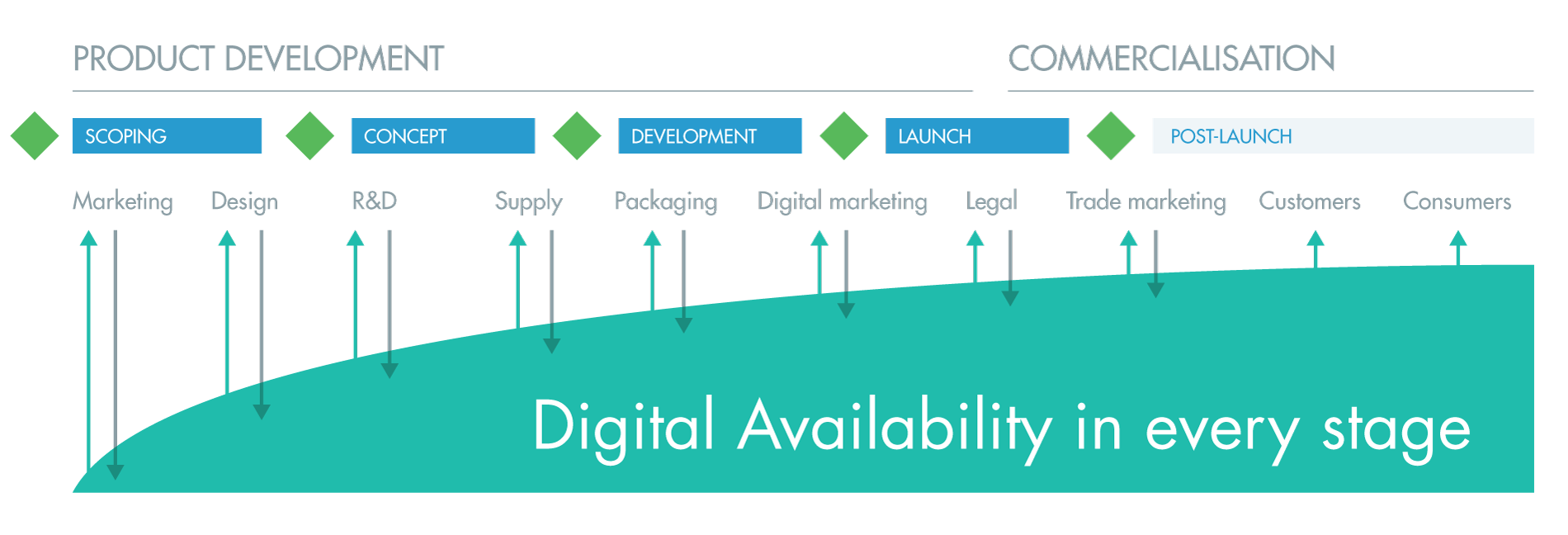Many PIM solution providers claim they can support the product data business process with a workflow module. This may sound too good to be true. That’s because it is.
The reality is that workflow-based PIMs cannot act as a central source of truth for your product data. Why? Because product data is not a business process. As a result, even with a workflow-based PIM, your organisation will very likely still use one or multiple shadow PIMs, such as spreadsheets or briefing documents.
The promise
First, let’s look at the promise that workflow-based PIMs tend to offer: modules that usually consist of a few steps, like creating, enriching, approving and publishing product information.
Why that is too good to be true
There is one big issue, though: product data is not a business process, and it never will be. At least not if you are a packaged goods manufacturer.
Workflow-based PIM modules start collecting product data during the Product-to-Market process, driven by the content demand to support e-commerce. Let’s face it: that is much too late. By that time, months have already gone by in the Strategy-to-Market process — from introducing product claims to concept development, formula development, R&D, engineering and packaging.

During these development stages, people in your organisation will have already started gathering and sharing product information in a “shadow PIM”, most likely spreadsheets or briefing documents, at the moment they create it. This could be, for instance, recipe information made by quality, claims or features and benefits by product marketing, shipping hierarchies by supply, or packaging copy and artwork by the design-to-print team.
Introducing a workflow-based PIM during the product introduction doesn’t solve a problem. Instead, it creates a new one: an additional system in which people are required to (re)enter product information. In the earlier stages, your system of record will still most likely be spreadsheets.
What you need, instead, is a shared source of product information that gathers input from the beginning, at the source.
Our approach
With SyncForce, content creation and centralisation is an integral part of the development process.

Our input-at-the-source approach starts at the strategic business planning stage in which decisions are made to start, accelerate or kill development projects. It may take years before initial ideas materialise into products that are ready to go to market, and our software ensures that information is gathered throughout the complete Strategy-to-Market process. With SyncForce, information grows organically. Portfolio data is added throughout the process and enriched with additional information and rich content when needed.
This eliminates the need for siloed shadow content sources (such as a spreadsheet); instead, you will have a central source that is shared with all functions and partners involved, starting at the very first stage of any product development project. In this way, you can easily and quickly realize Epic Availability (Physical + Digital + Mental) and shift your attention from endless content quests to accelerating product portfolio success.


